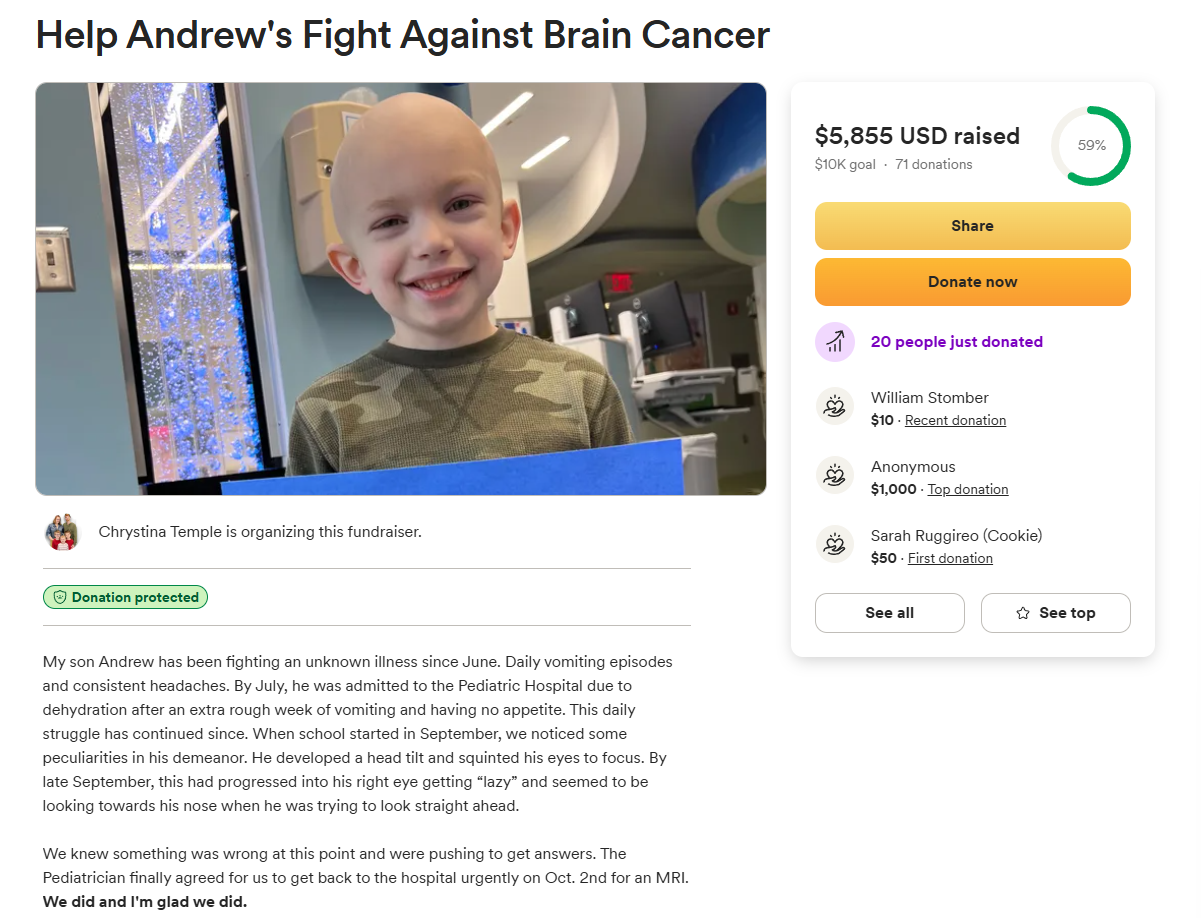The warmth of Christmas can always pierce through the cold winter and bring miraculous stories. This year, the crypto world has witnessed an extraordinary "Christmas miracle": a Meme coin called MIRA, which was launched to raise funds for a rare disease, skyrocketed to a market cap of $80 million in just two hours, telling a deeply moving story of kindness and controversy.
MIRA reaches $80 million market cap, what happened?
The starting point of this story is Siqi Chen, the founder and CEO of Runway. His daughter Mira was diagnosed with a rare brain tumor, which led him to embark on a journey to raise research funds for the Huntsman Laboratory. Against this emotionally charged backdrop, an anonymous user quickly issued a Meme coin called $MIRA on the Solana blockchain and generously donated half of the token supply (500 million) directly to Siqi Chen's public wallet.

Siqi Chen was initially at a loss about this unexpected "wealth." He admitted, "I really didn't know what to do, because of course I didn't want to upset a bunch of random people." After careful consideration, he chose to liquidate 10% of the token supply, raising $49,200 which he directly donated to the Huntsman Laboratory at the University of Colorado, and promised to continue to handle the remaining funds in a transparent manner.
This event not only excited the Solana community, but also sparked widespread discussions in the broader crypto world. $MIRA quickly soared to an $80 million market cap, becoming a hot topic of discussion.
The MIRA event also triggered the emergence of other acts of charitable donations. Well-known Web3 figure ai16zdao founder Shaw also posted on social media that he had donated 100,000 $degenai tokens to help Mira, saying "Let's all contribute to help those in need." These public acts of kindness seem to have sparked a "crypto charity" wave.

Similar donation behaviors have also appeared in other token ecosystems, such as the collaboration between the $DOGE community and the Ethereum Foundation. In this context, MIRA has become not only a symbolic donation tool, but also inspired more tokens to explore charitable uses.
However, the influx of speculators seeking to profit from this emotionally appealing event has also come with it. On-chain data shows that some of MIRA's trading volume comes from short-term speculators trying to cash in on the market hype.
What related tokens are there?
KITKAT - Mira's dog

Mira's dog, also a Meme that rode the traffic on Pump.fun, with 50% of the token share sent to Siqi Chen, but without endorsement, Siqi Chen has been selling KITKAT, which has now been dumped to almost zero.
Andrew


A young boy from Canada with brain cancer, with a similar story to Mira, his father Kyle is also a crypto enthusiast and had publicly shared a crypto donation address as early as December 10.
Andrew's market cap reached nearly $4 million at its peak, but due to Kyle's flip-flopping sell-offs, it is now only $400,000.
Human blood bun or charitable donation?
The success of MIRA undoubtedly demonstrates the potential of cryptocurrencies in the field of charitable fundraising. Siqi Chen repeatedly emphasized in his statement that all proceeds will be used to support the Huntsman Laboratory's rare disease research, and his family will not profit a penny from it. This transparency and sincerity have won the recognition of many supporters.
However, the controversy over whether the father should sell the tokens is the biggest point of contention, with many haters believing that the fathers should have a bigger vision and use a series of marketing tactics to push the token to higher market values, but they forget the original purpose of the fundraising token - to help the unfortunate families out of the mire. Earlier sell-offs also mean that real-world medical care can help the sick children faster and better.
Therefore, some also question whether these "Meme coins with emotional labels" are easily exploited by speculators, and even become another form of "human blood bun". Even more so, they curse the father and the child because of the drop in token prices, showing us the ugliness of human nature behind the interests involved.
Behind this Christmas miracle, there is both the warmth of charitable donations and deep reflections on the good and evil in the crypto world. Perhaps the real answer lies not in the event itself, but in how each of us views and participates in such events. Is it a joint effort to change the future, or a cold-eyed observation?
As Siqi Chen said, "This is simply magic." Perhaps the real magic is that when we choose kindness, this world really can become better.








